In 1965, Chevrolet began offering the big block Chevy Mark IV—better known as the Rat.
This wasn’t Chevy’s initial go-around with big block engines as its Gen. I W-series big blocks were first offered in 1958. However, the Mark IV engines (originally called Gen. II) improved upon the design of the original W-series engines and helped escalate the battle of the Detroit Big Three into an all-out war in the 1960s and 70s.
Like the small block “Mouse” introduced before it, the “Rat” came in a variety of configurations and horsepower levels. Likewise, it was an option in a lot of different vehicles, including some of the most iconic American muscle cars and performance vehicles of all time.
When a Chevrolet enthusiast says “big block,” this is the engine they’re talking about!
A Little History
Unlike the small block Chevrolet, which was basically designed from scratch by Ed Cole and company, the Mark IV big block was loosely based on its predecessor, the W-series engine. And while the small block was built as sort of an everyman’s engine for road, the big block was developed for NASCAR competition.
In 1963, a secret, experimental engine called the Mark II was used inside Junior Johnson’s Chevy at the Daytona 500. A highly modified version of the original W-engine, this powerplant featured more conventional wedge-shaped combustion chambers and larger, canted valves to better maintain power above 6,500 rpm. This top-secret 427-cubic-inch engine was essentially the first Rat motor.
Two years later, the Mark IV big block went into production as the 396 Turbo-Jet V8. Soon it was offered in various 427-cubic-inch and 454-cubic-inch configurations. And the rest is truly was history.
The extremely popular and aftermarket-friendly Rat motor has been offered in everything from station wagons and mundane passenger cars to asphalt-eating drag cars and muscle machines. Fifty years later, it continues to be a go-to mill for today’s hot rodders. We’ve seen some pretty stout, radical big block Chevys over the years, but as far as factory Rats go, here are our Top 5 favorites:
Our Top 5 Big Block Chevys of All Time
***
5) 396 L78
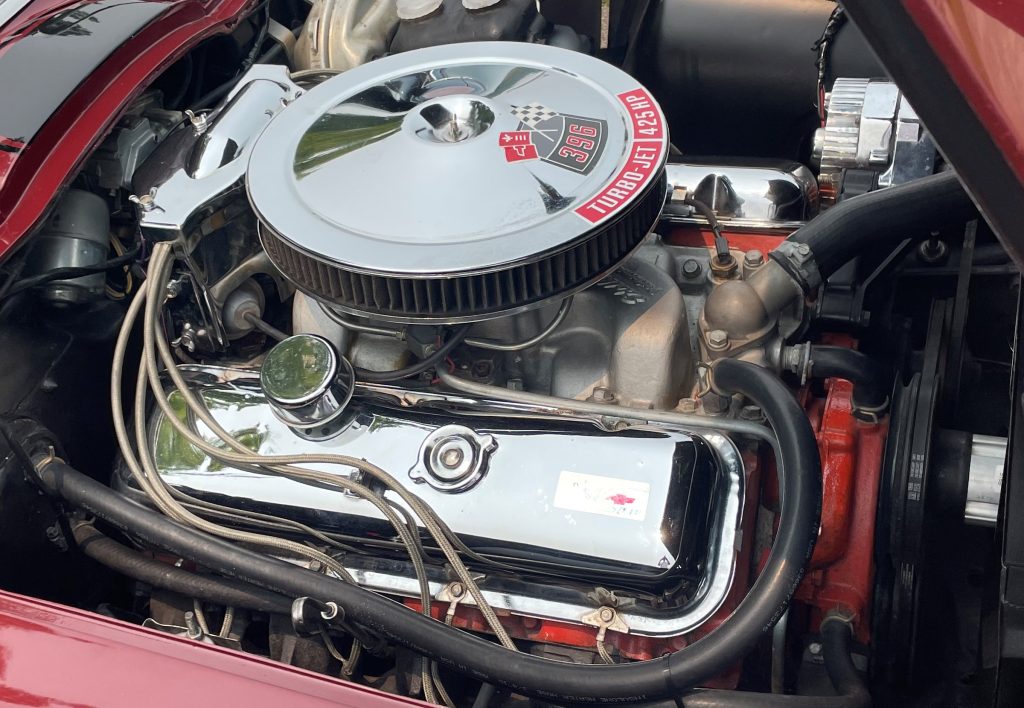
This is the original factory big block Mark IV engine from Chevrolet. It was first offered on the 1965 Corvette and spit out about 425 horsepower, with very little trouble performing above 6,500. This L78 version of the 396 featured an 11:1 compression ratio, square port heads, and four-bolt main caps—and oh yeah, it started the big block revolution of the 1960s.
***
4) 427 L71 Tri-Power
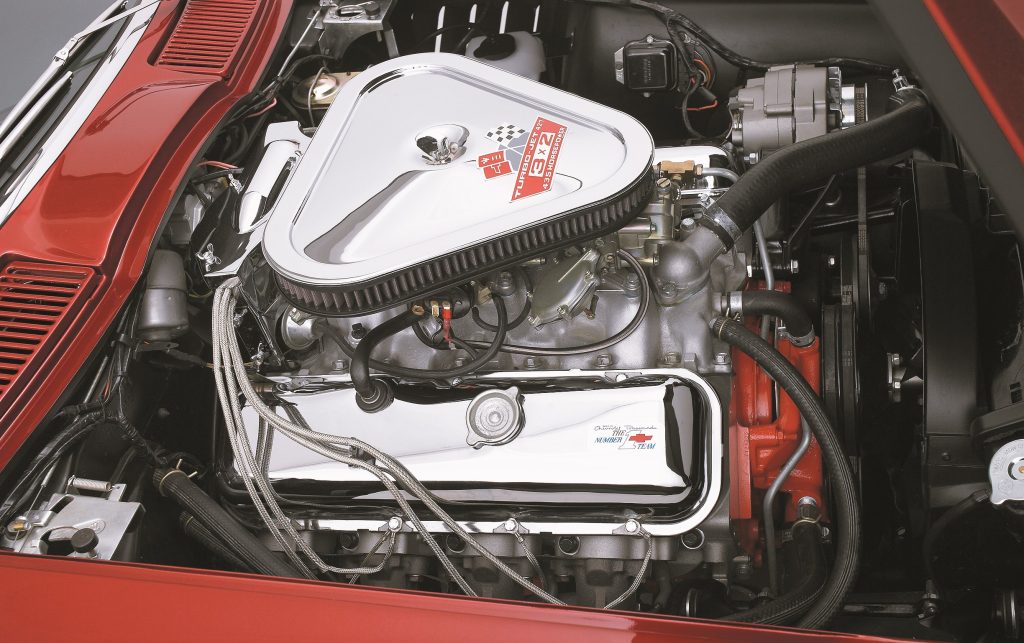
The 427 big block was introduced as a production engine in 1966 for full-sized Chevrolets and Corvettes. Arguably one of the most famous big blocks of all time, the 427 Tri-Power (also known as the L71) was available on 1967-69 Corvettes. Instead of the single four-barrel carburetor, this engine featured a distinctive triple two-barrel carburetor intake setup. Large-port cylinder heads and a high-lift camshaft helped the engine make a reported 435 horsepower. Even today, the 427 Tri-Power is one of the most sought-after Corvettes ever.
***
3) 427 L88
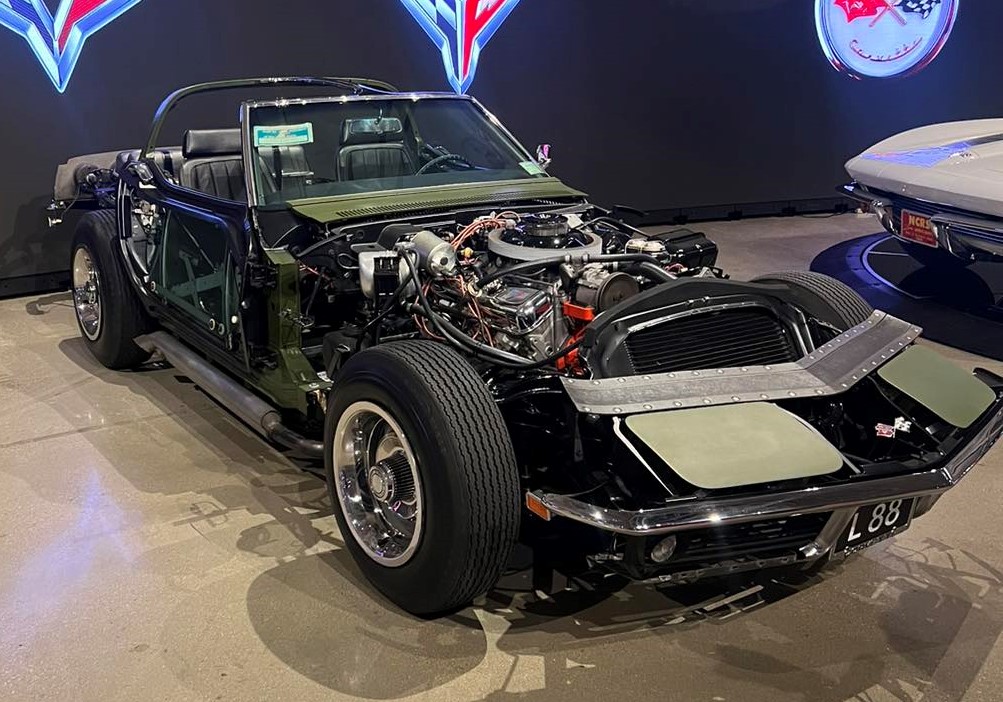
The 427 big block could be had in a variety of configurations, but none make a Chevrolet enthusiast smile as quickly and easily as the L88. The L88 was a competition-grade version of the 427 that used a racing cam, solid lifters, high-flow aluminum heads, and other competition parts. Available from 1967-69, the legendary L88 Corvette produced over 430 horsepower, although that number is thought to be grossly underrated.
***
2) 454 LS6
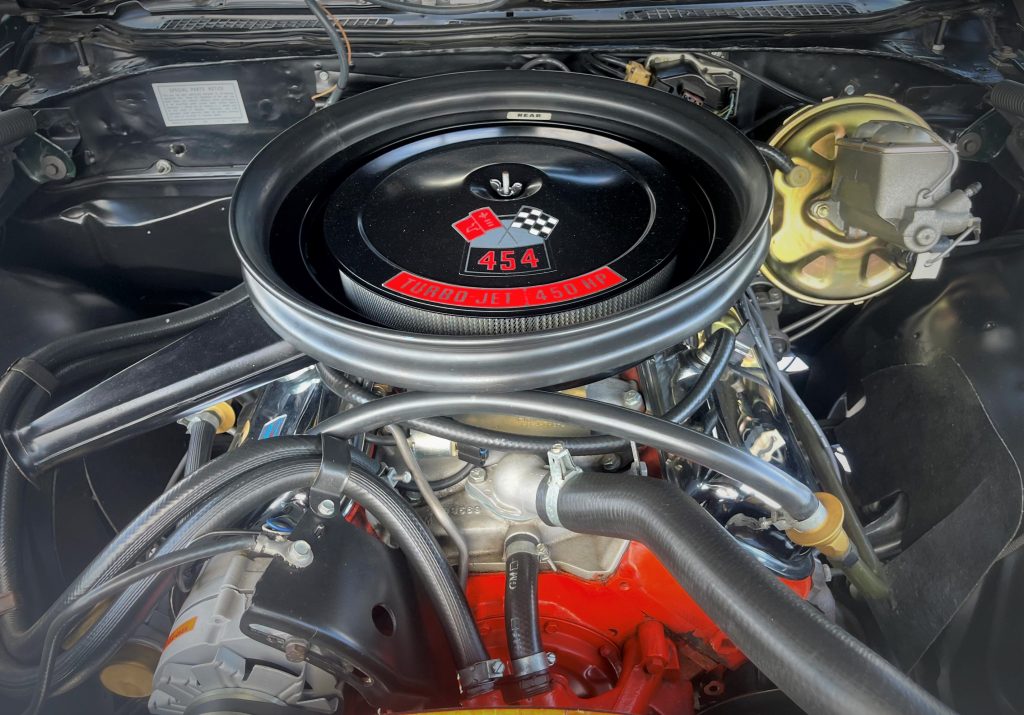
Introduced in 1970, the powerful 454 big block was used exclusively in high performance vehicles like the Camaro, Chevelle, and Corvette. The LS6 was the king of the 454s—and of all big block Chevys, really. The 1970 LS6 was conservatively rated to produce 450 horsepower from the factory, although some estimated that it actually made over 500 horsepower. This is was pretty much the high mark for big block power as tighter emissions standards and the fuel crisis of the 1970s spelled the end for the LS6 and, later, the 454.
***
1) 427 ZL1
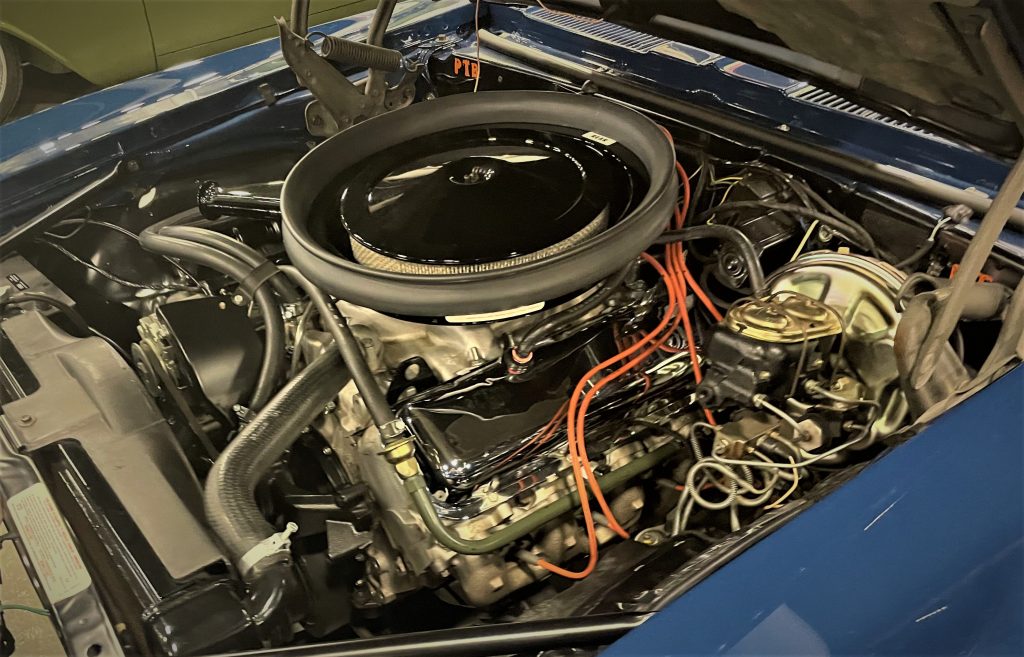
The ZL1 was basically the L88 above with an all-aluminum block and cylinder heads. It featured all the power of the L88 (and then some) in a lighter-weight package akin to the small block Chevy engine. This power/weight combination made it perfect for racing, but it was actually used in a few production vehicles—namely the legendary 1969 COPO Camaros. It was also stuffed into a couple ultra-rare 1969 Corvettes. The 500-pound (or so) ZL1 powerplant was rated at 430 horsepower but, according to some accounts, made nearly 500 horses.

i was glad to see the 396 L-78 as it was the zinger motor,a real screamer and would leave em at the stoplight more often than not…alot more hit the streets i believe than any of the others,maybe the LS6 454…all ubercool!
All of these likely have over 500# of torque, often as low as 3700 rpm.
While they lack the glitter of their L88 and LS6 a huge number of big blocks toiled away as commercial engines They were in everything from C10 pickups to C60 5tons GM sold them for marine agriculture pumps heavy equipment if a company needed a reliable torque gas engine this was it. Why is it important to hot rods? Because it proves the design.Industrial engines dont lead a pampered life if you can build an engine that is as proven under service severe conditions like the big block you have accomplished alot.Interestingly the big chevy shared thi market with another proven drag race engine the first gen Chrysler hemi.As the sun went down on tTexas oil feilds and farms you could still hear these monsters turning 4″ water pumps and not missing a beat! It was like staining against a dyno 24/7 That will test your main bearings So when you hear an L88 singing to 7500 at the drags dont forget its orphan brother in some dusty hole rotating the earth
What about the LS7 never was put in a car but was the top performer 454 with 12.5 compression 7/16 rod bolts, 465hp and of course under rated closer to 600hp
LS6 and LS7 were dealer installed options. They were quite a lot sold. I can recall the ads from a place in Michigan, maybe Berger Chevrolet? always had ads back then, I believe a 450hp short block was around 5 or 600 bucks!!! Wild shit!
[…] as the year of the 2015 Mustang and F-150, the 60th anniversary of the Small Block Chevy, the 50th anniversary of the Big Block, and the 30th anniversary of Back to the […]
[…] In another post we counted down our five favorite Rat motors ever. Now, we’re looking at the top Chevrolet big block production cars ever produced. And there were some great ones to choose from. […]
Hi
Always wondered how much power my 1971 Monte Carlo 454 was pushing. I had an base Ls6 454. I added zl1 cam and roller rockers to it. This beast of an engine was backed with blow proof bell and large clutch Muncie and 12 bolt 411 possi
Was unbeatable back in the 80-90’s till I sold it. The lead seams on my Monte would pop/crack the paint :))
The L-series Chevy engines got the nickname “Rat” engines by removimg the valve covers and looking at the rocker arms when the engine is running. The rockers with their shape and positionn,going up and down, look like a nest of “rats”.
427 454 Steel Rat was the switch from cast iron to aluminum block. Mouse was small block and the RAT was the big block. The big block has more torque down low and small block is like a two stock motorcycle you got to rev it high to the power zone. If you own one of these motors congratulations you own a piece of the American legacy of Muscle cars. 454 across the board 450 lbs of torque and 450 horsepower before it is tuned with after market goodies. 454 is king of the street its legacy will live for ever.
Looking for a 454 complete motor do u have a phone number